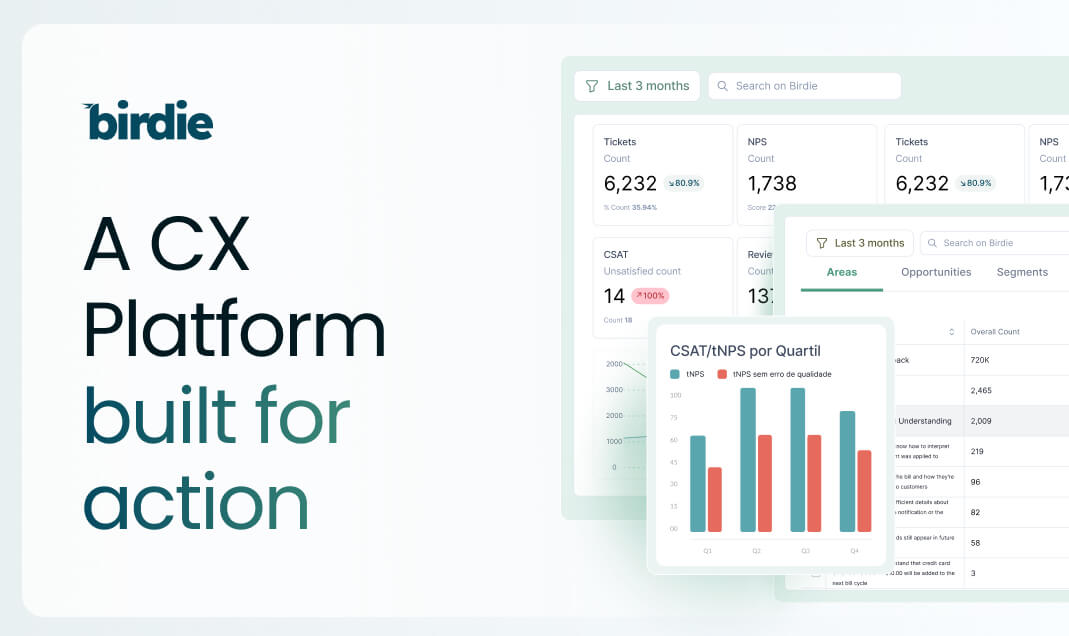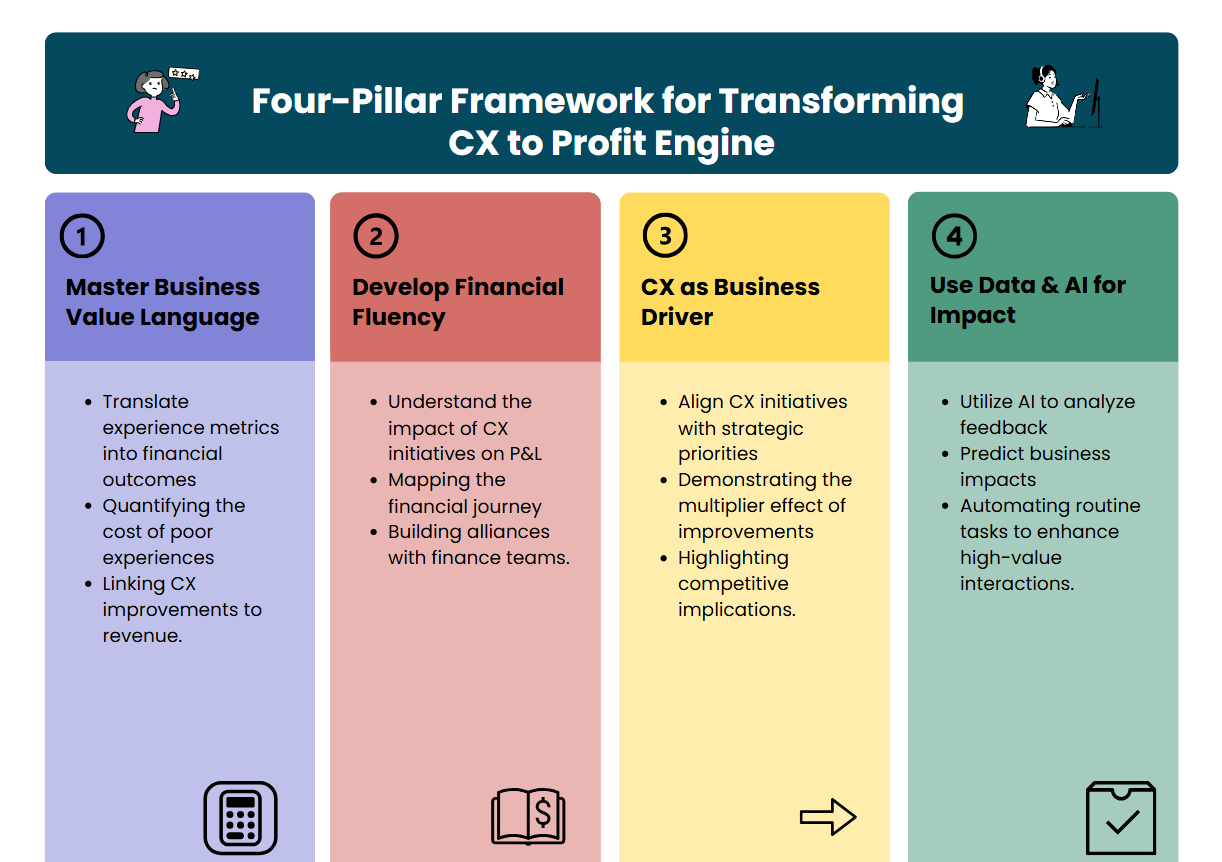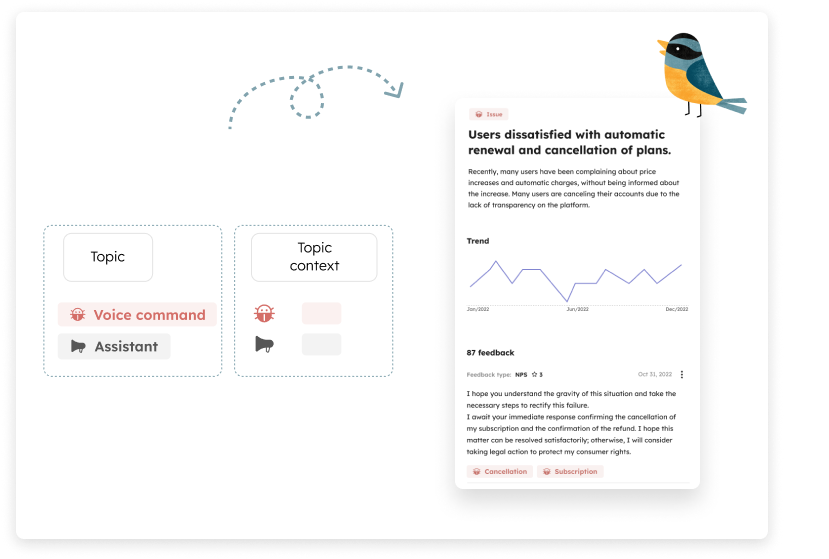

In the realm of Voice of the Customer (VoC) programs, extracting meaningful insights from vast amounts of customer feedback is crucial. While topic modeling is a commonly used technique in text analytics, it often falls short in providing actionable and organization-specific insights. Originating in the field of natural language processing and machine learning, topic modeling uses algorithms to discover abstract topics within text. This technique is applied across various domains such as marketing, healthcare, legal, news, and finance, making it a generic but often insufficient approach for specific organizational contexts. This article explores in more detail the limitations of topic modeling and why Areas and Opportunities is a better alternative for modeling the voice of the customer.
The Limitations of Topic Modeling
Broad Themes: Topic modeling groups related words into broad themes based on co-occurrence patterns. This approach often results in high-level topics that lack the specificity required for meaningful action. For instance, a topic labeled "customer service" might encompass diverse issues like long wait times and unhelpful staff without distinguishing between them.
Mixed Concepts: Although it is possible to model more granular levels, the topic-based approach can easily mix different concepts or classification systems within the same bucket. For example, "customer service" (an area of the company) might be combined with issues like "long wait times" (a specific problem). In traditional topic modeling, the separation of these two concepts is hindered.
Lack of Organizational Context: Teams configuring topic-based systems often start with a blank slate, making the success of topic modeling highly dependent on selecting good classification systems. Determining which concepts to map into topics can be challenging. Should the focus be on products mentioned, specific journeys within products, problems or suggestions highlighted, or customer sentiment? With numerous possibilities, companies frequently struggle to model topics appropriately for their VoC program in the context of their business.
Manual Interpretation Required: The outputs of topic modeling need extensive human intervention to be useful. Teams must dive deep into the data to understand the context and relevance of each topic, which can be both time-consuming and prone to errors. This manual process slows down the ability to respond to customer feedback in real-time.
Static and Unadaptive: Traditional topic models do not adapt well to new or evolving customer feedback. They require regular updates and retraining to stay relevant, which can be resource-intensive and less effective in capturing emerging trends and shifts in customer sentiment.
Lack of a Clear Process: Topic modeling often lacks a clear process to follow based on the quantified concepts related to the voice of the customer. This can leave teams uncertain about how to act on the identified topics and integrate them into their strategic initiatives.
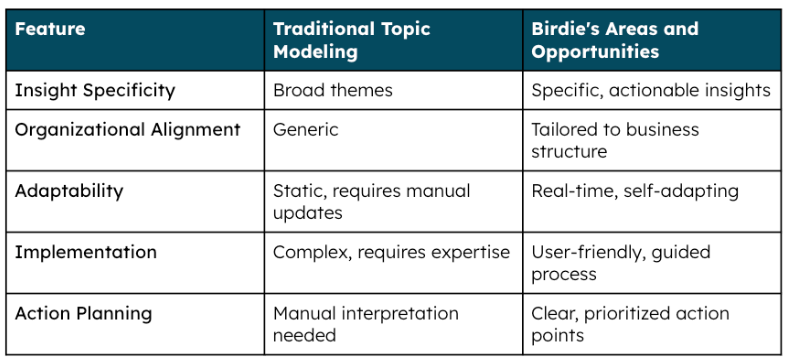
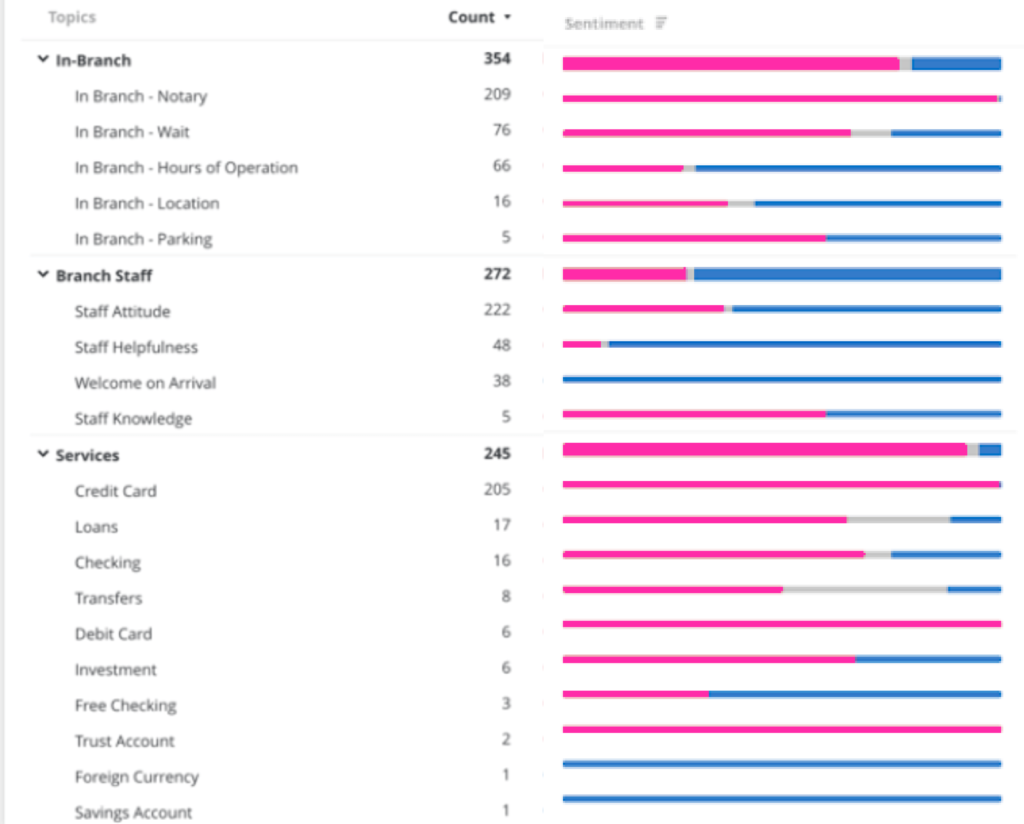
Specific Insights Aligned with Business Context: Areas and Opportunities modeling aligns feedback analysis with a company's product journeys and organizational structure. For fintechs, this means mapping areas like loans, transfers, and credit cards to specific business aspects. This ensures that insights are directly relevant and actionable, providing clarity and precision that broad topic themes cannot achieve.
Actionable Opportunities: Areas and Opportunities model identifies specific problems or requests mentioned by users, providing clear and prioritized action points. In the fintech domain, an example could be identifying issues like "difficulty in activating a credit card due to facial recognition failure." This level of specificity makes it easier for companies to implement changes that directly impact customer satisfaction and loyalty.
Enhanced Organizational Context: Areas modeling ensures that feedback analysis aligns with the company's product journeys and organizational structure. This top-down approach, where areas like credit cards or loans are pre-defined and mapped to the data, ensures that insights are directly relevant and actionable within the context of the business.
Automated Contextual Understanding: You will also need tools that use advanced AI to understand the context of feedback, reducing ambiguity and improving the accuracy of insights. This allows for detailed categorization of feedback, distinguishing between different aspects of a broad theme. For example, specific issues within "customer service" can be accurately categorized and addressed.
Adaptive and Real-Time Models: It is also mandatory a tool that provides real-time VoC reporting, enabling organizations to track the impact of their initiatives continuously. The models must adapt and evolve with new data, ensuring that insights remain current and relevant. This adaptive nature allows for the automatic detection of emerging trends, facilitating a proactive approach to customer experience management.
Clear Process for Action: Tools that implements Area and Opportunities modeling should also enable seamless VoC governance, helping CX teams strategically coordinate initiative prioritization for faster and better results. This clear process ensures that teams know exactly how to act on the insights provided, integrating them into strategic initiatives effectively, as illustrated in the attached image.
Conclusion : Revolutionizing Customer Feedback Analysis
While topic modeling provides a foundational approach to text analytics, its generic and broad nature often limits its effectiveness for VoC programs. Areas and Opportunities modeling, as implemented by Birdie, addresses these shortcomings by offering a tailored, actionable, and adaptive solution. Birdie aligns insights with organizational needs and provides real-time, contextually accurate feedback, empowering companies to enhance their customer experience more effectively and efficiently. Choose Birdie.ai for a smarter, more impactful approach to VoC analysis, leveraging the comprehensive features discussed.





